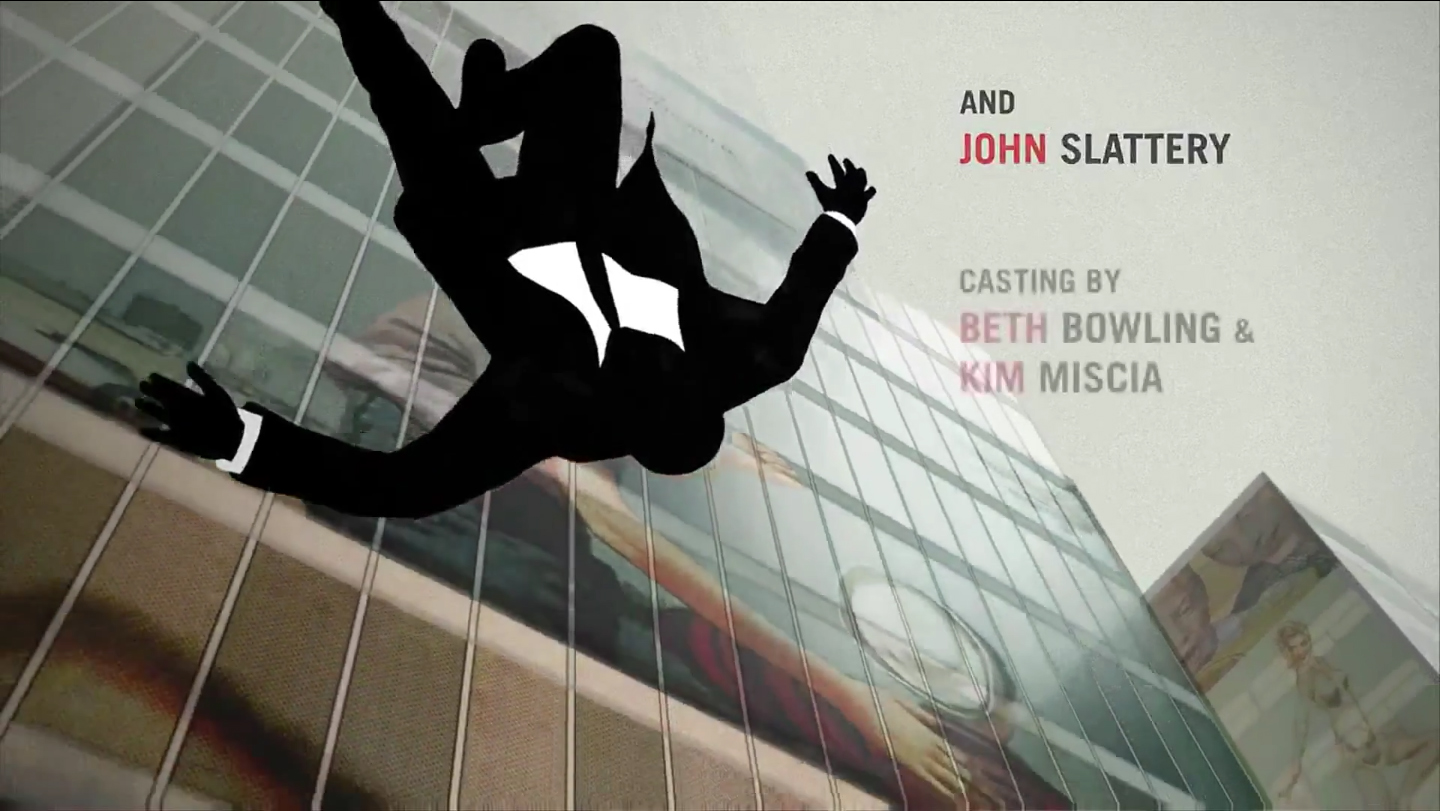When making a film of any sort, the time inevitably comes to credit cast and crew… in addition to the end credits, it has become film tradition to also bookend the movie with an opening title sequence. It’s your opportunity to capture the audience’s attention and set the mood and tone of your creation, all within the first seconds of the film. The title sequence has so much power over audiences that it really should be included in the storyboarding process, and never as an afterthought.
The title sequence should echo the overall tone of the movie that follows. Of course, in some cases, they could runs the risk of overshadowing what comes later. Most of the time, though, directors know that there’s a big opportunity to rope in the viewer with some dramatics, courtesy of some compelling storytelling and mood-setting. Alice Rawsthorn wrote in The New York Times in February:
Equally adept at defining the mood of the movie are the opening titles of “Prometheus,” the science fiction film directed by Ridley Scott. They consist of a series of visually luscious yet foreboding scenes of natural beauty, including mountain ranges, rock formations, a volcanic crater and an immense waterfall, shot mostly in deep, dark shades of blue. Both alluring and ominous, the images prepare the audience for the epic scale of the movie, while alluding to the perils awaiting anyone who ventures into the unknown.
Although many of us will never have the resources available to Scott, David Fincher, or other famed directors, we can still take home some lessons from Hollywood’s most revered films. Setting the mood for the film right up front can pay huge dividends down the line, giving the audience a glimpse into the action that’s yet to come. The colors, sounds, speed, and other elements all convey information, but also mood and atmosphere.
Sound
Take, for example, the suspense Alfred Hitchcock instills in audiences with his title sequence for “Vertigo”:
Hitchcock was a master at using sound and score to help set the mood; many of his title sequences follow this path. Sound and music can go a long way towards creating atmosphere–it’s one of the biggest tools in the title-sequence-maker’s quiver, when used effectively.
Motion Graphics
A more recent example of effective use of title sequences comes from Steven Spielberg’s “Catch Me If You Can”:
Here, you see a more playful tone set with animated characters and the retro setting of airport terminals. The motion graphics at once convey the retro setting of the film, as well as the playful anything-goes vibe. You know right away that this film will deliver lighthearted hijinks. Having the “me” in the title float off with the plane showcases a dramatic, yet whimsical, layer and foreshadows the elusiveness of the enigmatic main character’s identity. It’s something that most viewers will never have seen before, and it’s a great way to use this short window to engage them while also prepping them for what’s to come. (“The Pink Panther” also famously worked this strategy to perfection.)
Storytelling
So how do you work these kinds of eye-grabbing elements into your project? Where do the inspiration and the big idea, come from? Embed your title sequence in the story as much as possible, but as an additional element–it may not be the first plot-point, but you can consider it the “first act” in the emotional story you’re telling. Usually, plot information is reserved for when the film actually begins, so look at what you’re trying to communicate from start to finish, and see what type of mindset, mood, and pace you think would be the best place for your audience to start before engrossing them in your story. It can also be a good opportunity to communicate things about the film’s setting that may not fit into your main storytelling.
This process might prove to be easier said than done. So start with your film genre. If it’s a detective story, for instance, consider something that will demonstrate suspense and mystery from the get-go. Get them thinking even before the characters are introduced by teasing elements to come, through foreshadowing. How you lay out and animate your type can also go a long ways towards storytelling. To achieve this effect, you can even call on some stock footage to do the trick. Layer the title of your film over a clip like this one, as bullets narrowly miss the letters:
If you’re already caught up in choosing the right cast, getting the lighting just-so, and scouting locations for your film, remember that you shouldn’t treat the title sequence as an afterthought–getting it just right will go a long way towards telling your tale. With a little creativity and forethought, you can make a powerful first impression.
Danny Groner is the manager of blogger partnerships and outreach for Shutterstock.






